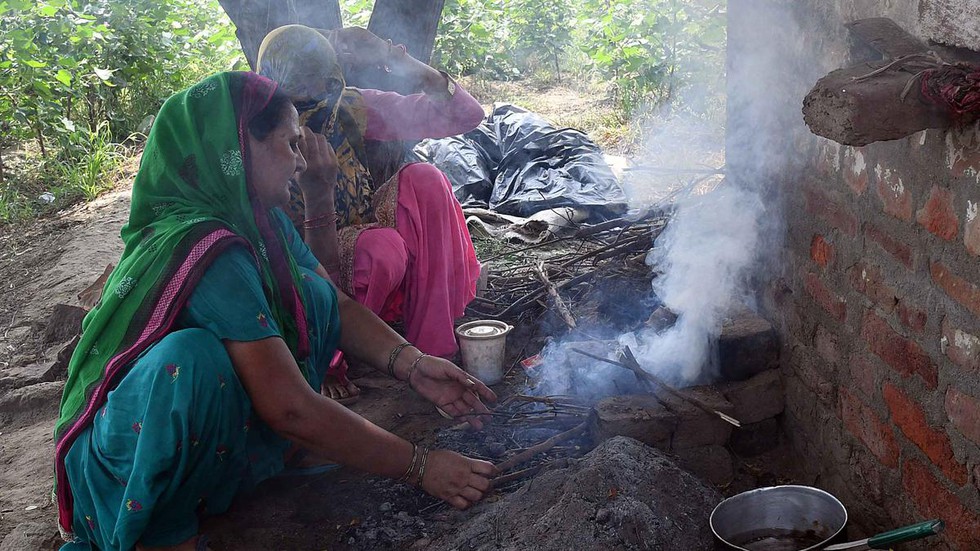At COP26 in November 2021, India pledged to achieve net-zero emissions by 2070, positioning itself as a leader in the race to carbon neutrality. India aims to meet its renewable energy targets to aid in this commitment.
Impact of Black Carbon Emissions
- Black carbon, emitted from incomplete combustion of biomass and fossil fuels, poses severe health and environmental risks.
- Major sources of black carbon emissions in India include traditional cookstoves, industries, and diesel vehicles.
Pradhan Mantri Ujjwala Yojana (PMUY)
- Launched in May 2016, PMUY aims to provide clean cooking fuel to households below the poverty line.
- Despite its success in providing LPG connections, challenges remain in ensuring sustained usage and reducing reliance on traditional fuels.
Challenges and Solutions
- High refill rates and affordability issues hinder sustained LPG usage among PMUY beneficiaries.
- Last-mile connectivity issues in LPG distribution networks contribute to reliance on biomass.
- Compressed bio-methane (CBM) production at the local level presents a cleaner alternative for rural households.
Urgency for Action
- Addressing black carbon emissions through initiatives like PMUY can significantly impact public health and climate goals.
- Mitigating residential emissions can prevent numerous deaths caused by indoor air pollution.
Multiple Choice Questions (MCQs) with Answers:
- What was India’s pledge at COP26 in November 2021?
- a) Achieve net-zero emissions by 2030
- b) Achieve net-zero emissions by 2070
- c) Reduce emissions by 50% by 2050
- d) Increase renewable energy capacity by 50% by 2030
- Answer: b) Achieve net-zero emissions by 2070
- What is the primary source of black carbon emissions in India?
- a) Industrial waste
- b) Diesel vehicles
- c) Burning biomass in traditional cookstoves
- d) Natural forest fires
- Answer: c) Burning biomass in traditional cookstoves
- What is the objective of the Pradhan Mantri Ujjwala Yojana (PMUY)?
- a) Providing free electricity to rural households
- b) Providing free LPG connections to households below the poverty line
- c) Building infrastructure for renewable energy
- d) Promoting solar panel installation in urban areas
- Answer: b) Providing free LPG connections to households below the poverty line
- What is one of the main challenges faced by PMUY beneficiaries?
- a) Lack of access to LPG distribution networks
- b) Affordability of LPG refills
- c) Overabundance of LPG cylinders
- d) Excessive reliance on diesel vehicles
- Answer: b) Affordability of LPG refills
- What is suggested as a potential solution to last-mile connectivity issues in LPG distribution networks?
- a) Increasing the number of LPG cylinders per household
- b) Implementing stricter regulations on biomass burning
- c) Local production of compressed bio-methane (CBM) gas
- d) Subsidizing the cost of traditional cooking fuels
- Answer: c) Local production of compressed bio-methane (CBM) gas
